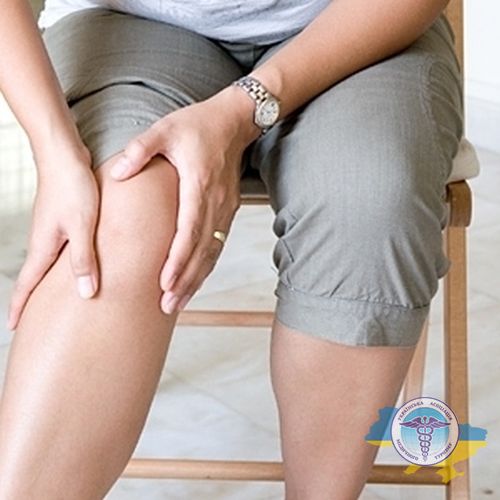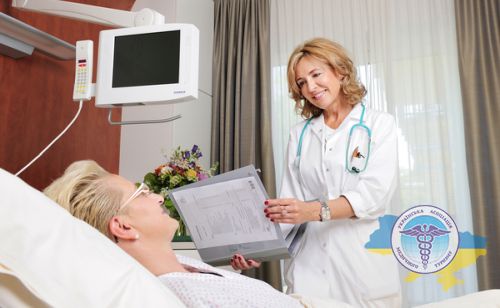A new treatment for osteomyelitis in Austria!

Treatment of osteomyelitis is one of the most serious problems of orthopedic surgery. In one of Austrian clinic, had been founded a new method for the treatment of osteomyelitis and the causes of its possible complications with just one operation.
The main reasons for the appearance of osteomyelitis are:
- Bacterial infection of wounds after operations, open fractures, wounds;
- Ingress of pathogens through the blood;
- Inflammatory lesion of soft tissues in close proximity to the bone;
- Infection of the prosthetic joint.
The lack of timely diagnosis and the correct treatment for acute forms of osteomyelitis can lead to complications, up to amputation of the limbs.

Want to know how much the treatment costs?
Answer a few questions and get preliminary information about the cost of diagnosis and treatment!
Difficulties in the treatment and diagnosis of osteomyelitis
What is the reason that osteomyelitis is considered as a difficult to treat disease? The surface of dead bone sites, as well as implants, are a favorable environment for the formation of a variety of bacteria of the so-called "biofilm".
The most vulnerable and affected areas are areas with insufficient blood supply. As a result, a mucous capsule is formed, inside which the growth of bacteria slows down.
Being in a capsule, microorganisms are practically not susceptible to antibiotic therapy or their own resistance to immunity, thereby remaining invisible.
The activation of the process is situational. Antibiotic therapy primarily destroys bacteria outside the capsules, into microorganisms located in the "biofilm", only a high concentration of doses of antibiotics can destroy it.
If you suspect osteomyelitis, the follow should be prescribed:
- Clinical blood test, paying attention to the indicators of ESR and the content of C-reactive protein;
- Radiography of the affected bone. With the help of an X-ray examination, it is also possible to determine osteomyelitis, but not earlier than three weeks after the onset of the first symptoms;
- MRI (magnetic resonance imaging) or CT (computer tomography).
For the most effective selection of drug treatment for osteomyelitis, bacteriological diagnosis is necessary; for the antibiotic sensitivity test seed material should be taken by puncture, open biopsy of bone tissue, aspiration of the abscess, necrectomy.
A new treatment for osteomyelitis in Austria

In one of Vienna's private clinic «Döbling Private Hospital», the orthopedist Heinz Winkler developed a technique that has two fundamental advantages over traditional therapy:
- The introduction of high doses of the antibiotic directly into the source of infection, which allows the maximum destruction of pathogens in biofilms without exposing the entire body to the antibiotic;
- The use of donor bone tissue avoids additional surgical interventions.
Allograft donor bone material is obtained by thorough cleaning and release from all components with antigenic properties. That is why he is not rejected by the recipient's organism. At the same time, the base of the bone, consisting of collagen and mineral substances, remains untouched and is able to withstand a full load, like the patient's own bone.
If necessary, in cases where osteomyelitis is accompanied by impaired healing of fractures of varying severity or other defects, Austrian clinics have the opportunity to reconstruct existing lesions using titanium implants.
After a complete reconstruction, doctors install drains for two to three days, and the wounds are immediately sutured. Patients quickly become mobile, and due to concomitant physiotherapeutic treatment, which is also carried out directly in the clinic, many almost immediately begin to partially load the bone, and some completely (depending on the extent of the surgical intervention).



